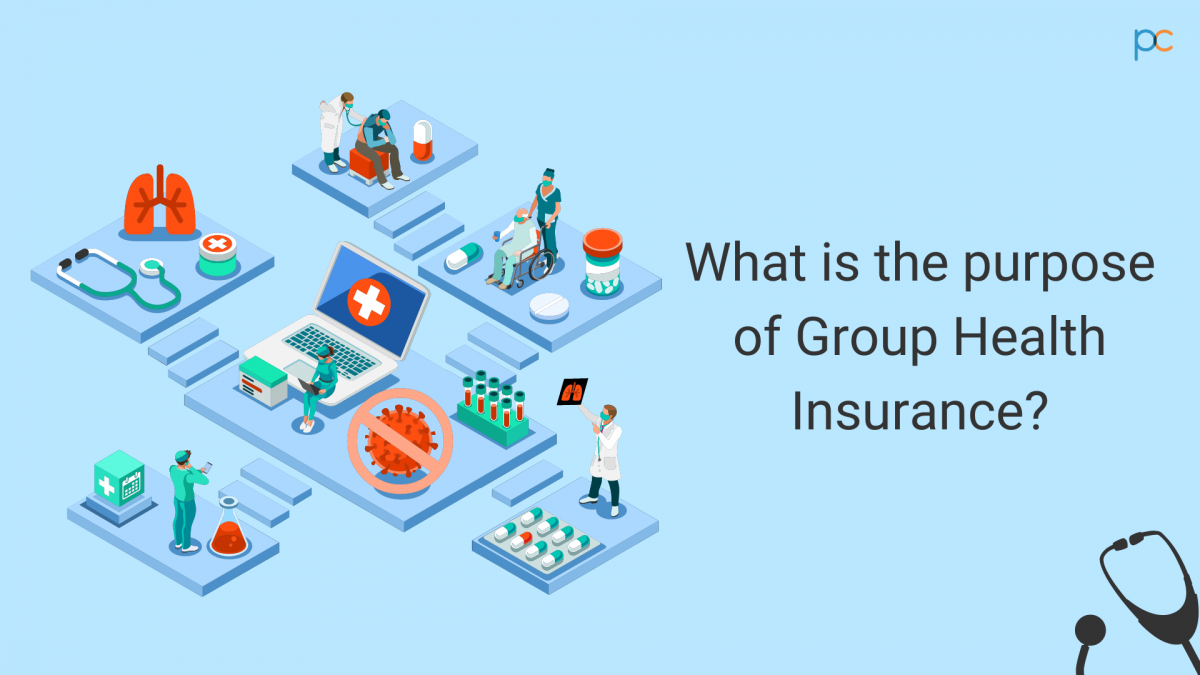Pacific Prime for Dummies
Pacific Prime for Dummies
Blog Article
Some Of Pacific Prime
Table of ContentsThe Only Guide for Pacific PrimeAn Unbiased View of Pacific PrimePacific Prime Fundamentals ExplainedPacific Prime - An Overview
In most states, the insurance provider is needed to send you a duplicate of the adjustments to your policy. It is necessary that you check out Endorsements or Cyclists so you comprehend exactly how your policy has actually altered and if the policy is still sufficient to satisfy your requirements. To get a copy of your insurance plan, please contact your insurance policy representative or firm.
The Institute of Medicine (IOM) Board on the Consequences of Uninsurance launches a prolonged examination of evidence that addresses the significance of health insurance protection with the magazine of this record. Insurance coverage Issues is the very first in a collection of 6 records that will certainly be released over the following two years recording the reality and repercussions of having actually an estimated 40 million people in the United States without medical insurance coverage.

Pacific Prime Can Be Fun For Everyone
The objective of this collection of studies is to redouble policy interest on a longstanding issue. Adhering to the lengthiest financial development in American background, in 1999, an approximated one out of every 6 Americans32 million grownups under the age of 65 and more than 10 million childrenremains uninsured (Mills, 2000).

10 percent of the population represent 70 percent of health treatment expenses, a correlation that has remained constant over the previous 3 years (Berk and Monheit, 2001) - international health insurance. Hence health insurance policy remains to offer the function of spreading risk also as it progressively funds regular treatment. From the perspective of healthcare providers, insurance policy carried by their patients helps protect an earnings stream, and communities gain from financially viable and stable healthcare specialists and organizations
Government gives health insurance to populaces whom the personal market might not offer effectively, such as handicapped and seniors, and populations whose access to health and wellness treatment is socially valued, such as youngsters and expectant females. The utmost ends of medical insurance coverage for the private and neighborhoods, including workplace areas of staff members and employers, are improved health and wellness end results and lifestyle.
Everything about Pacific Prime
Workers rank health and wellness insurance initially without a doubt in importance among all the benefits offered in the work environment (Salisbury, 2001). Although there have been substantial financial investments of personal and public funds to give wellness insurance coverage, many individuals still have no insurance coverage. Regardless of substantial coverage of survey findings and healthcare research results, the basic public stays overwhelmed and mistaken concerning Americans without wellness insurance and the implications of doing not have coverage.

Without doubt, the complexity of American health and wellness treatment financing mechanisms and the riches of sources of details add to the public's confusion and suspicion concerning medical insurance statistics and their analysis. This record and those that will comply with objective to distill and provide in conveniently understandable terms the extensive study that bears on concerns of medical insurance protection and its importance.
Fifty-seven percent of Americans surveyed in 1999 thought that those without medical insurance are "able to directory obtain the treatment they require from doctors and hospitals" (Blendon et al., 1999, p. 207). In 1993, when national attention was focused on the problems of the uninsured and on pending healthcare regulations, simply 43 percent of those polled held this idea (Blendon et al., 1999).

They also receive fewer precautionary solutions and are less likely to have normal treatment for persistent problems such as hypertension and diabetes. Persistent diseases can bring about costly and disabling difficulties if they are not well taken care of (Lurie et al., 1984; Lurie et al., 1986; Ayanian et al., 2000). One national study asked greater than 3,400 grownups regarding 15 extremely serious or somber problems.
What Does Pacific Prime Do?
Additional evidence is offered later in this phase in the conversation of insurance coverage and accessibility to health care. https://issuu.com/pacificpr1me. People without health insurance are young and healthy and balanced and choose to do without coverage. Virtually half (43 percent) of those evaluated in 2000 believed that people without medical insurance are most likely to have illness than people with insurance policy
Voters and plan makers in emphasis team discussions characterize those without insurance policy as young people who have the possibility to be covered and feel they do not require it (Doorperson Novelli, 2001). Compared to those with at least some private protection, the uninsured are much less most likely to report being in outstanding or really excellent health (Company for Healthcare Research and High Quality, 2001).
RESOURCE: Facility for Cost and Financing Research Studies, Firm for Medical Care Study and Quality, based upon MEPS data. Youthful adults between 19 and 34 are much more most likely to lack wellness insurance policy than any kind of various other age group. This is chiefly since they are less commonly qualified for employment-based insurance policy because of the nature of their job or their brief tenure in it.
The assumption that people without insurance coverage have better-than-average health and wellness follows from confusing the relatively young age profile of the uninsured with the better wellness, usually, of more youthful individuals. This obscures the link in between wellness status and medical insurance. For those without accessibility to office medical insurance, bad health is a prospective barrier to purchasing nongroup protection since such coverage might be very valued, omit preexisting conditions, or be just inaccessible.
Report this page